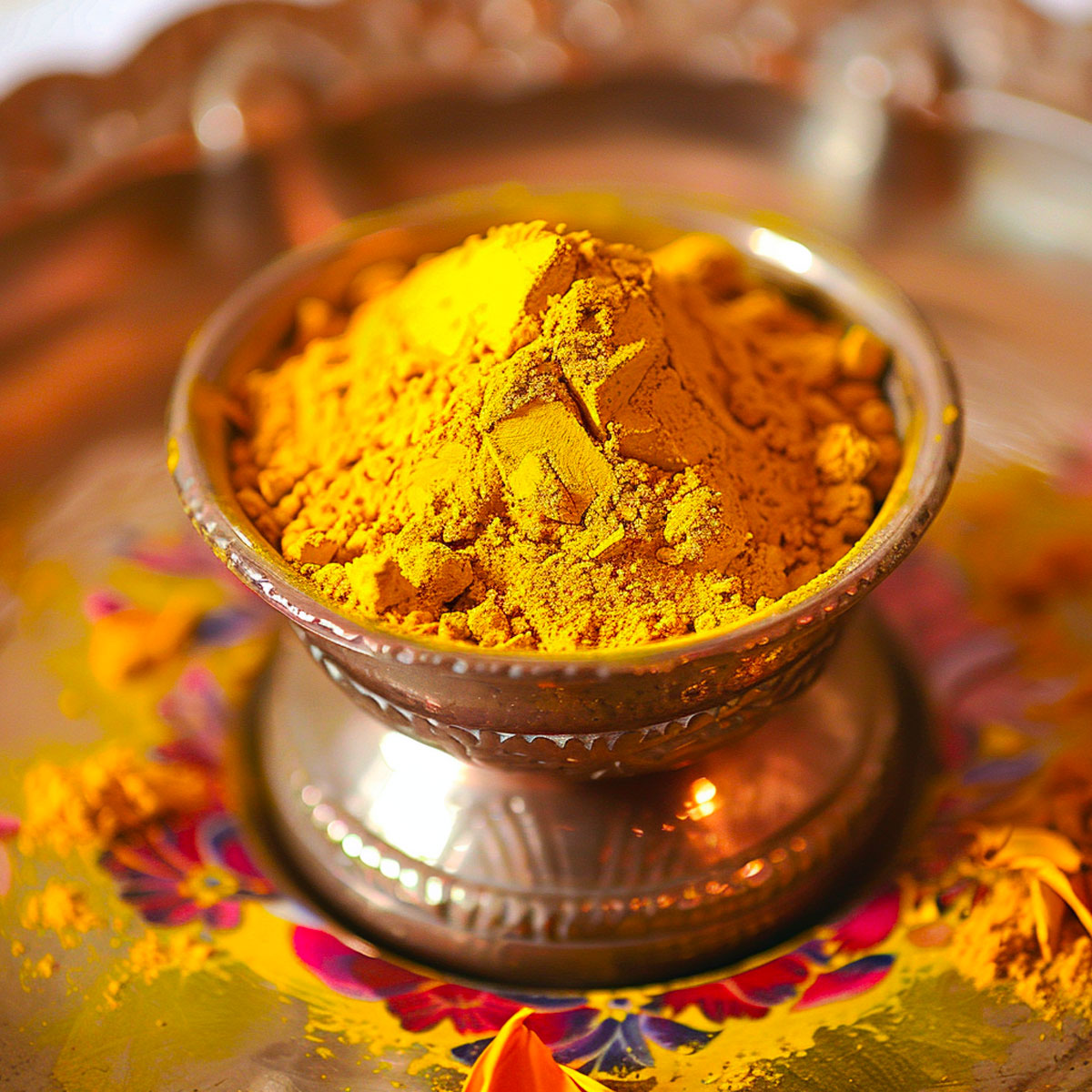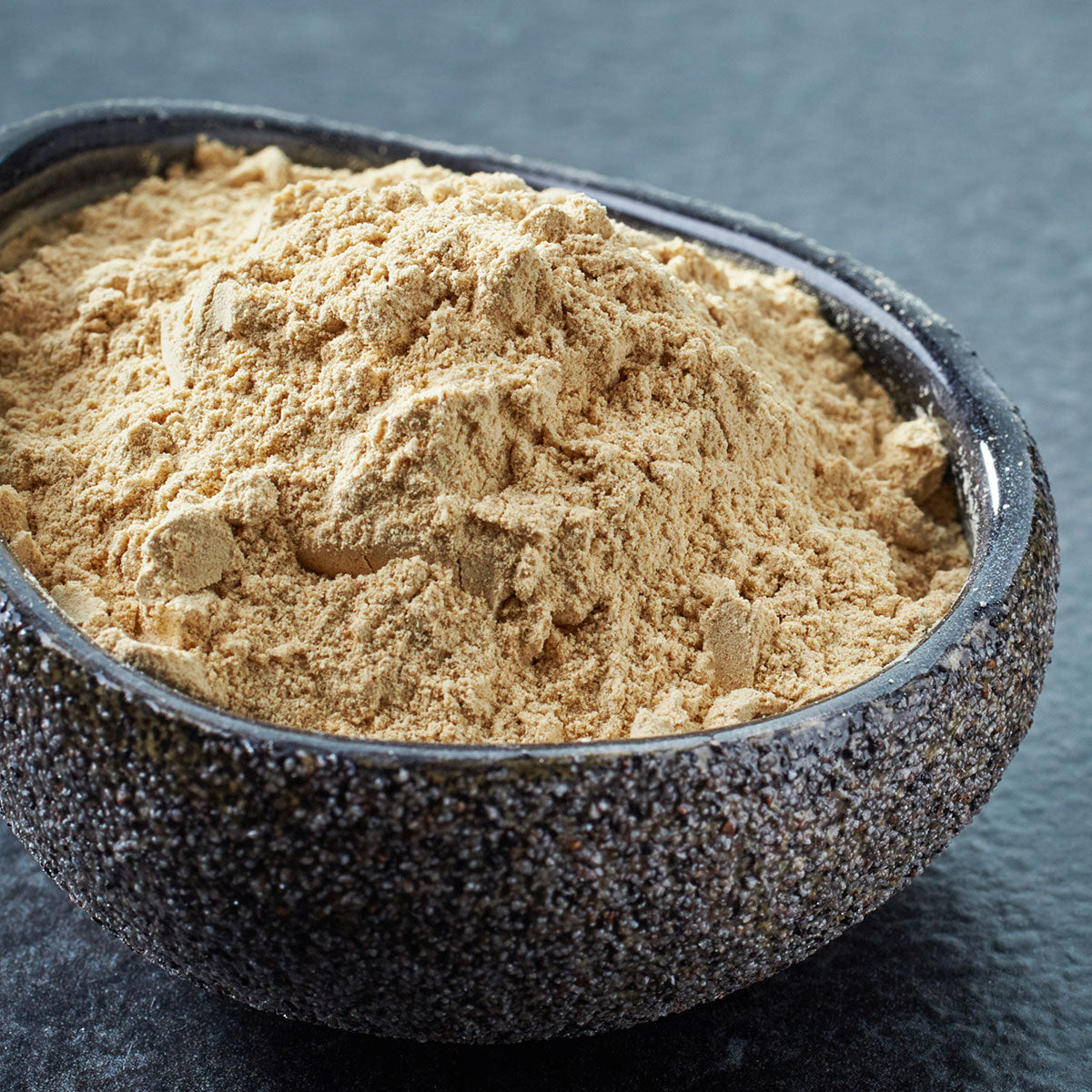Find out if your health may be affected by mold exposure in our interview with Dave Asprey, NY Times Bestselling Author and founder of Bulletproof.
- Learn what mycotoxicity is and who's at risk
- Uncover how it could be affecting you and your loved ones
- Find out which foods and drinks are most likely to expose us to mold
- Top tips to reduce health risks of mold and what to do if you’ve been exposed

We interviewed Dave Asprey, creator of the widely popular Bulletproof Coffee, host of the radio show and #1 health podcast, Bulletproof Radio, and author of the New York Times bestselling book, THE BULLETPROOF DIET.
Through his work Dave provides information, techniques and keys to taking control of and improving your biochemistry, your body and your mind so they work in unison, helping you execute at levels far beyond what you’d expect, without burning out, getting sick, or allowing stress to control your decisions.
Dave has just launched the first Bulletproof documentary film, MOLDY – and here he gives us a snapshot of his unbelievable discoveries.
OB: Dave, what is mycotoxicity and why is it a problem?
Dave Asprey: Mycotoxins are poisonous chemicals that are made by certain species of mold. These poisons have been shown in many thousands of scientific studies to have the ability to cause serious harm to humans and other animals.
The type of harm varies based on the specific mycotoxin...
- Trichothecenes damage the brain, the immune system and the small intestine.
- Afatoxin causes cancer, especially liver cancer but other cancers as well.
- Ochratoxin causes kidney issues.
Molds growing in buildings can make these toxins, but relatively few ordinary people realize that this can be a problem.
Trichothecene and ochratoxin – both of which are regulated in foods in Europe – are not regulated in the U.S. at all and are present in high levels in many food products here. In the U.S. and Canada, levels of aflatoxins in foods are regulated, but at a lower level than in Europe.
If chemicals made by humans had the same levels of proven health effects as many mycotoxins do, they would be banned or very highly regulated.
Although it’s not possible to completely eliminate mycotoxins from our buildings or schools, we need to be making more of an effort to keep them under control so that they are less likely to harm people.
"Mycotoxins from molds in our buildings and can cause damage to the brain, immune system and intestine"
Tweet This
OB: Is everyone at risk or only some people with mold sensitivity?
DA: Anybody can be harmed by mold toxins either in food or in the environment if the dose is high enough. However, many specialists believe that about one-fourth the population is especially susceptible to being made sick by comparatively low levels of exposures to mold toxins and especially likely to recover slowly after getting away from an exposure to them.
People with genetic susceptibility may want to be proactive in terms of being careful not to get too much exposure to moldy homes or schools or workplaces, even if they’re not yet experiencing major symptoms.
The genetic test is called the HLA DR, and it’s discussed on Dr. Ritchie Shoemaker’s website: Surviving Mold (link below).
OB: We’re starting to hear more and more about the seriousness of mycotoxicity; why is mold now so dangerous, when it wasn’t for our grandparents?
DA: Part of the reason is that we’re living in different kinds of buildings than our grandparents did!
- Drywall is used in buildings instead of plaster, and when that gets soggy, it provides great food for some of the worst kinds of mold, including Stachybotrys or “black mold”.
- Wall insulation in modern buildings also tends to get moldy.
- Mold often grows in the air duct systems of modern buildings.
- Some researchers believe that mold is volatilizing some of the chemicals that we use in our buildings and that that is having a negative effect on us.
- Also, in our green spaces, the use of glyphosate (Roundup, the common weedkiller) causes a certain kind of toxic mold, Fusarium, to grow really well.
- Some research suggests that the use of chemicals in the environment has caused molds to mutate into ones that are more able to make harmful poisons.
Molds are living organisms that evolve very fast. When humans make changes in the environment, molds may change how they’re acting in order to take advantage of that. So the mold that we’re exposed to is not the same mold that our grandparents were exposed to. Different species are involved and the toxins are worse.
OB: What diseases/conditions/moods does it trigger?
DA: If someone moves into a horrifically moldy building, then the first symptom that is often seen is respiratory issues.
For susceptible people who have been exposed to a less extreme amount for a longer period of time, then a much wider group of symptoms tends to be seen:
- Neurological and cognitive effects, including actual IQ declines of 15 points or more.
- People don’t think as well as they used to, and their memories often get worse.
- Emotional effects of all kinds – depression, anxiety, suicidal feelings, anger.
- Dr. Daniel Amen said in the movie that if you find yourself acting like an *sshole and hate yourself for it, you very well may not actually be an *sshole. It may be that you’re acting that way because of a toxic exposure.
At a higher level of poisoning, people can have a whole raft of physical symptoms:
- Headaches
- Muscle pain, and other kinds of pain
- Digestive problems
- Skin problems
- Low libido or infertility
- Feeling worse rather than better after exercise
- Decreased coordination
- Fatigue
- Susceptibility to infections, especially chronic ones like Lyme or EBV
- Decreased sleep quality
- Liver problems
- Sensitivities to foods or chemicals
- Orthostatic intolerance
- Weight gain
- Hair loss
The list goes on and on!
OB: Is there a typical set of ‘moldy’ symptoms for us to look out for and discover whether we’re affected or not?
DA: The exact symptoms can vary across mold sufferers. That’s part of what throws people off track. Even when people in a household are getting the exact same exposure and everyone is sick, the illness can look different in each person. That makes it seem like the illnesses are unrelated to the environment.
Probably the biggest clue is that this almost invariably is a multi-system, multi-symptom illness. If people have just a couple of symptoms, then unless they’re at a really low level of illness, mold is likely not the cause.
If people have a large number of diverse symptoms - and especially if most of those symptoms are ones that doctors can’t treat very well - that’s a very good indication that mold may be involved.
>> Read on to find out the foods most likely to expose us to mold and tips to reduce mold exposure! <<
OB: While making your documentary MOLDY, what was the discovery that shocked you the most?
DA: I was shocked to find the statistics suggest that more than one-third of our schools have high levels of mold. What is that doing to our children? Considering the effects that we know that mold can have on concentration and cognition, at minimum the mold would seem to be exacerbating the epidemic of ADHD in our schools.
In general, if your brain is being affected by the neurotoxins made by mold, you’re not going to be able to learn as well. Which means this is an issue that seems likely to have the potential to negatively affect our society’s future in a major way.
OB: Which foods and drinks are most likely to expose us to mold?
DA: Grains very often are contaminated – wheat and corn especially. Often other grains are as well. That may be part of the reason that so many people report reacting negatively to eating wheat these days. Certainly the modern gluten is a big problem, but the mycotoxin contamination is too.
Because the toxic mold Fusarium grows so well in the presence of glyphosate, any Roundup Ready crops may be contaminated. So those would be almost all non-organic corn, soy, beet sugar and canola. Part of the reason not to use oils made from these crops is because of the mycotoxin contamination.
Animals that eat feed contaminated with mycotoxins will end up providing us with eggs, milk and meat that is contaminated with high levels of mycotoxins themselves. Industrial agriculture tends to use extremely moldy feed to save money, and so the animal products you get in most supermarkets are especially problematic.
Coffee and cocoa often are contaminated with mycotoxins. That’s why I started selling low-mycotoxin versions of those through Bulletproof – because it was really hard for me to find any other brands that were reliably low enough in those toxins not to cause me to have negative symptoms.
And there are a few more foods that are often contaminated – nuts, dried fruits, some dried spices, black tea, preserves, wine, beer.
"Animals that eat feed contaminated with mold can provide contaminated eggs, milk, meat!"
Tweet This
OB: What are your top tips on reducing mold risk?
DA: For environmental mold, the most important thing is just to be aware that it can be an important factor in causing health problems and to keep it in mind.
If you and the other members of your household are all feeling pretty happy and healthy, then that’s a good sign that your environment is probably okay with regard to toxic mold.
But if you are feeling that you can’t think as well as you used to, and you’re having mood issues for no apparent reason, and you’ve got some other odd symptoms that doctors don’t seem to be able to do much about, then looking into whether mold might be a problem in your home or your workplace or your school is a reasonable thing to do.
Paleo-type diets tend to eliminate most of the sources of mycotoxins in foods. The Bulletproof Diet is even more specifically designed to eliminate exposures to mycotoxins.
Just avoiding grains and low-quality animal products will reduce the amount of mycotoxins in the diet substantially. I’m especially enthusiastic about grass-fed beef and butter, because if animals are eating fresh grass, then they’re not going to be taking in mold toxins.
Reducing consumption of other high-mycotoxin foods will provide further benefit. And for many reasons including avoiding mycotoxin contamination, I certainly suggest eliminating all GMO products.
Diet is really important. But it’s critical to understand that even the best diet in the world isn’t going to be enough to keep people from getting sick if they’re living in a really bad environment.
OB: Is a detoxing a good way to cleanse your body of toxins from mold? What’s your detox game plan?
DA: In order to detoxify effectively, the most important thing to do is to get away from new exposures. You want to be thinking especially about the indoor air quality in the home and workplace or school, but also about clean air, clean water, clean food, clean nutritional supplements.
If the body is still being exposed to more new toxins than it can handle, it’s not going to be able to detoxify effectively. It will just keep the toxins in their storage places in the cells, where they will do less damage than if they were released - but still will have an effect on us.
Once people get clear of new exposures, the body may be more likely to start expelling toxins spontaneously. At that point, a number of things can help in the process.
Activated charcoal, liposomal glutathione and undenatured whey protein are all products that worked for me well enough that I decided to offer a Moldy Detox Kit selection of them through Bulletproof.
"Help your body detoxify from molds with charcoal, glutathione and whey protein @bulletproofexec"
Tweet This
Saunas can be helpful. For some people, supplements that support methylation – like activated folate and B12 – can help. I had a high heavy metal burden and found that chelation was helpful for that. There are a lot of other things that my guests and I discuss on the website and podcasts that can help with detox as well.
But for any of these things to work, people have to get free from problematic exposures first. That’s usually a lot more of a challenge than buying a box of supplements, but you’ve still got to do it to get anywhere.
Thank you Dave!
We were fascinated to learn these amazing insights! If you would like to learn more then watch MOLDY to identify how mold toxins may be hiding in your home or work environment - and what you can do if you find out you're suffering from mold poisoning or illness.
For further resources, go to





